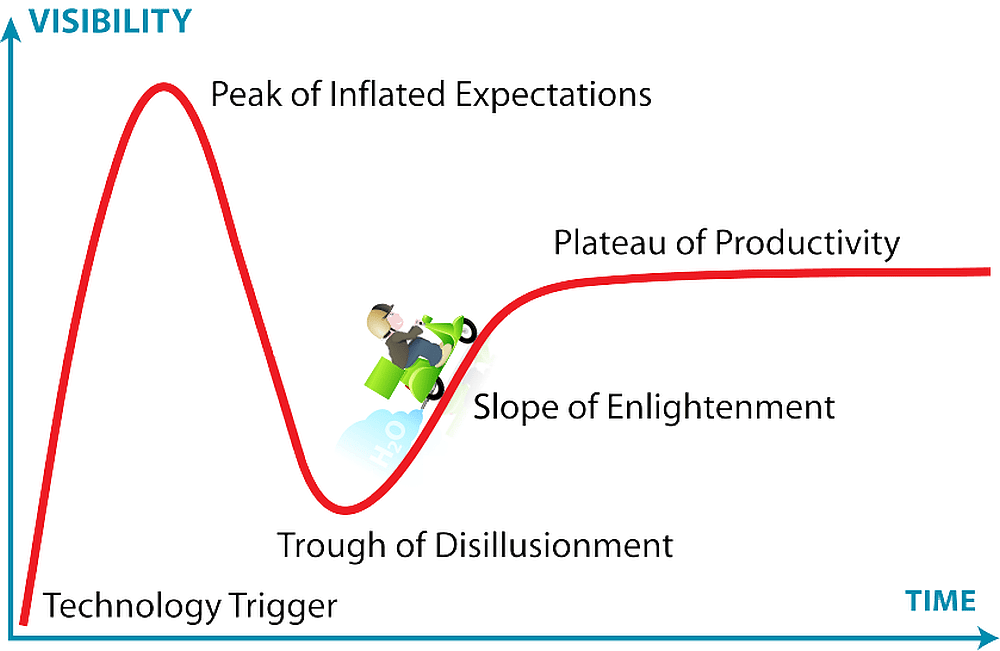
[Image above] The Australian government is partnering with the Australian automobile association NRMA to build 117 new fast EV charging sites across the country. Credit: Australian Government and NRMA
The transport sector accounts for nearly one-quarter of global energy-related carbon dioxide emissions. It is no wonder, then, that governments around the world are funding initiatives to promote and support the adoption of electric vehicles.
But EV adoption is only part of the solution. To make EV ownership feasible, a robust network of charging sites is necessary throughout the country to allay concerns of range anxiety.
The United States is building out its charging network through the National Electric Vehicle Infrastructure (NEVI) Formula Program. This program, which was established through the historic Infrastructure Investment and Jobs Act, provides funding to states to create a network of EV charging stations along national highway system corridors. The program is just getting started, with states submitting plans last summer for deploying the NEVI network within their respective jurisdictions.
Now, the Australian government has unveiled a similar initiative to build out EV charging sites across their country.
Traditionally, Australia has lagged far behind other developed countries in EV adoption. This delay is due in part to the fact Australia does not have any vehicle emission standards, as explained in the video below.

Credit: ABC News In-depth, YouTube
Australia’s new National Electric Vehicle Strategy, announced in mid-April 2023, sets out three key objectives to support EV adoption:
- Increase the supply of affordable and accessible electric vehicles;
- Establish the resources, systems, and infrastructure to enable rapid EV uptake; and
- Encourage increased EV demand.
These objectives will be funded largely through the Driving The Nation Fund, which is an ongoing government program developed to enable the demonstration and deployment of new zero-emissions vehicle technologies.
The three key elements of the Driving The Nation Fund are
- The National EV Charging Network project, which aims to ensure a fast EV charger is available to drivers approximately every 150 kilometers (93 miles) on the national highways. The government is partnering with the Australian automobile association NRMA to build 117 new fast EV charging sites with $39.3 million in funding.
- The Hydrogen Highways project, which claims to help states and territories decarbonize heavy transport. Up to $10 million will be provided to all jurisdictions on a matched basis (up to $80 million total) to help industry fleets acquire heavy hydrogen fuel cell vehicles and construct renewable hydrogen refueling stations, located on major freight routes across Australia.
- Australian Renewable Energy Agency (ARENA) grants, which will provide more than $130 million to co-fund initiatives that will reduce Australia’s road transport emissions by improving access to advanced EV charging infrastructure. For example, grants are expected to deliver innovative charging solutions for those living in apartment blocks or remote communities.
“EVs aren’t just for the cities, and Australians who drive long distances either for work or for holidays should be able to reap the benefits of cars that are cheaper and cleaner to run,” says Australian Minister for Climate Change and Energy Chris Bowen in a press release.
Author
Lisa McDonald
CTT Categories
- Energy
- Market Insights
- Transportation
Related Posts
Hype cycles: The uphill climb for hydrogen bikes
June 26, 2025


